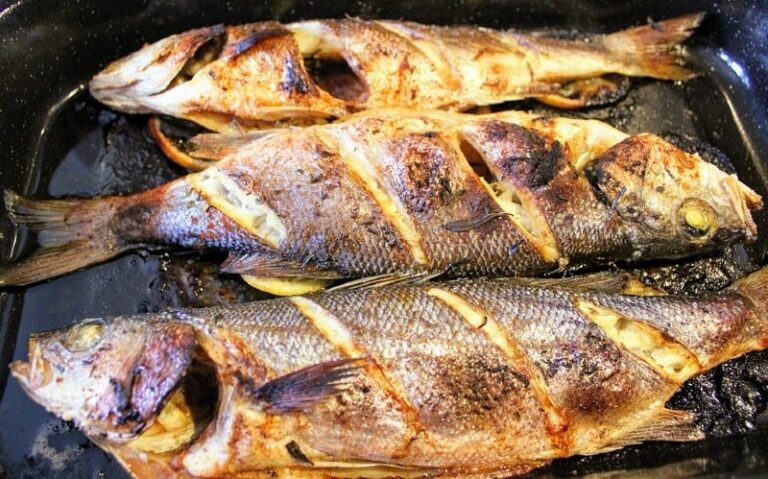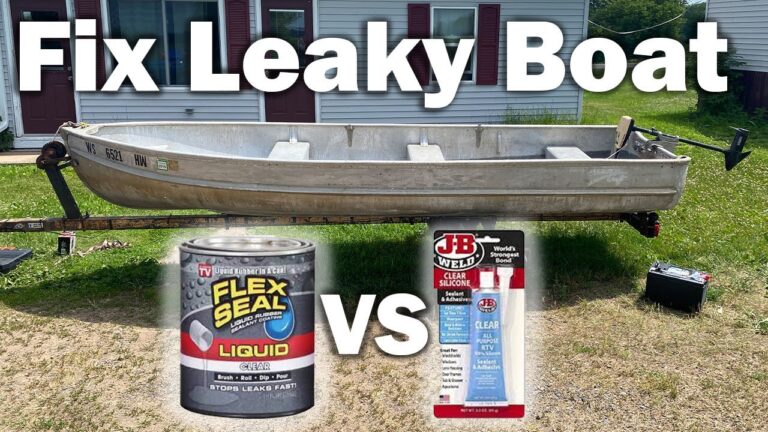How to Fish a Wacky Worm

To fish a wacky worm, cast it out and allow it to sink naturally under its own weight. The appeal of this rig is the way the worm wiggles and waves as it sinks, often attracting strikes from bass.
This technique is effective in areas like grass lines, pockets in reeds, docks, and rock walls, especially during spawning or post-spawn situations. Adding weight to the wacky worm is not necessary, as the natural sinking action is the key to its success.
Lift the rod tip, reel in slowly, and allow the bait to fall on slack line, repeating this process to entice bites. This rig is a popular choice among anglers and can be successful in various fishing scenarios.
Introduction To Fishing A Wacky Worm
When it comes to fishing a wacky worm, it’s essential to understand its concept and the benefits it offers. A wacky worm is a unique and effective fishing technique that involves rigging a soft plastic worm in a way that enhances its natural movement in the water. One of the key benefits of fishing a wacky worm is its ability to attract fish in various conditions, making it a versatile and reliable method for anglers. Common uses for a wacky worm include targeting bass in different environments such as grass lines, reeds, docks, and rock walls. Additionally, the wacky worm technique allows for variations in rigging, such as adding weights for specific fishing scenarios.
Setting Up A Wacky Worm Rig
To set up a wacky worm rig for fishing, start by choosing the right hook and leader length. Let the bait sink naturally under its own weight and work the bait by lifting and reeling in little increments. This technique allows the worm to wiggle and attract strikes as it sinks.
| If you’re wondering how to fish a wacky worm, one of the first steps is setting up a wacky worm rig. |
| 1. Choosing the right rod and reel: |
| It’s important to select a rod and reel combo that is suitable for the size of fish you are targeting and the type of fishing you will be doing. A medium to medium-heavy spinning rod and reel setup is commonly used for wacky worm fishing. |
| 2. Selecting the appropriate line: |
| Choosing the right line is crucial for successful wacky worm fishing. A fluorocarbon or monofilament line in the range of 6 to 12-pound test is recommended, depending on the conditions and the size of the fish you are targeting. |
| 3. Attaching the hook correctly: |
| The hook for a wacky worm rig is typically attached through the middle of the worm, known as the “wacky worm” technique. This allows the worm to have a natural and enticing action in the water. |
| 4. Adding weights (optional): |
| In some situations, adding a weight to the wacky worm rig can be beneficial, such as when fishing in deeper water or in windy conditions. This can help the worm sink faster and maintain better control. |
Techniques For Fishing A Wacky Worm
When it comes to fishing a wacky worm, there are several techniques that can help you be more successful on the water. Casting and retrieving is a crucial aspect of fishing a wacky worm. After casting your bait to the desired location, allow it to sink naturally under its own weight. The wiggling and waving action of the worm as it sinks is what attracts the fish. Be patient and keep an eye out for any strikes.
Working the bait is another important technique. Once the worm is in the water, you can use a variety of retrieve patterns such as twitching, jerking, or a simple slow and steady retrieve. Experiment with different speeds and movements to see what works best for the fish in your area.
Detecting strikes can be a bit tricky when fishing a wacky worm. Since the worm is sinking when most strikes occur, it’s important to pay close attention to any slight movements or twitches in your line. Look for any unexpected tension or line movement, as it could indicate a fish has taken the bait.
Targeting specific fishing areas is also key. Outside grass lines, pockets in reeds, docks, and rock walls are all great places to fish a wacky worm. These areas are often where fish are spawning or have moved to in a post-spawn situation.

Credit: www.youtube.com
Best Baits And Hooks For Wacky Worm Fishing
For wacky worm fishing, recommended baits include Yamamoto Senko and Yum Dinger. Essential hooks for this technique are VMC Neko Hook and Mustad Offset Wacky Neko Tool. Other tackle such as weedless hooks and wacky rigging kits are also crucial for successful wacky worm fishing. When fishing, cast the worm and let it sink naturally, allowing its enticing movement to attract strikes from bass in various locations.
Wacky rigging provides an effective way to lure bass in various environments, making it essential to use the right baits and hooks for success. Additionally, understanding the technique’s requirements and using the appropriate tackle are crucial for mastering wacky worm fishing.
Tips And Tricks For Successful Wacky Worm Fishing
Tips and Tricks for Successful Wacky Worm Fishing:
|
When it comes to wacky worm fishing, it is important to choose the right conditions for optimal success. Look for areas with vegetation, such as outside grass lines, pockets in reeds, docks, and rock walls, as these are prime spots for wacky rigged soft plastics. Modify the wacky worm rig by using the right hook, such as VMC Neko Hook or Owner Wacky Hook, and consider adding weight to the worm if needed using techniques shown in helpful YouTube videos. Additionally, try alternative wacky worm techniques like fishing with a weedless jig or using a neko rig. Finally, avoid common mistakes by allowing the worm to sink naturally under its own weight and paying attention to the worm’s movement. By following these tips and tricks, you’ll increase your chances of success when fishing a wacky worm.

Credit: tailoredtackle.com

Credit: www.wired2fish.com
Frequently Asked Questions For How To Fish A Wacky Worm
What Is The Best Way To Fish A Wacky Worm?
The best way to fish a wacky worm is to cast it and let it sink naturally. The rig’s appeal lies in the worm’s wiggling motion, often attracting bass during the sink. This technique is effective in various fishing environments, such as grass lines and docks.
What Bait To Use For Wacky Rig?
The best bait to use for a wacky rig is a soft plastic worm. Rig it up and cast it out to your target zone, allowing it to sink naturally under its own weight. The wiggling and waving motion of the worm as it sinks attracts bass to strike.
Where Do You Hook Wacky Worms?
To hook wacky worms, cast them to areas like outside grass lines, pockets in reeds, docks, or rock walls, where fish are spawning or post-spawn. Let the worm sink naturally under its own weight, as the wiggling and waving motion of the worm usually attracts strikes.
How Do You Rig A Wacky Worm With A Weight?
To rig a wacky worm with a weight, simply slide a nail or insert a weighted O-ring into the worm’s head. Then, cast it out and let it sink naturally, causing the worm to wiggle and attract strikes. This setup is effective for bass fishing.
Conclusion
Mastering the art of fishing a wacky worm can be a game-changer for anglers. With the right technique and choice of bait, you can entice bass in various fishing environments. Understanding the nuances of hooking and working a wacky rig can lead to rewarding fishing experiences and successful catches.
Keep refining your skills, and happy fishing!





